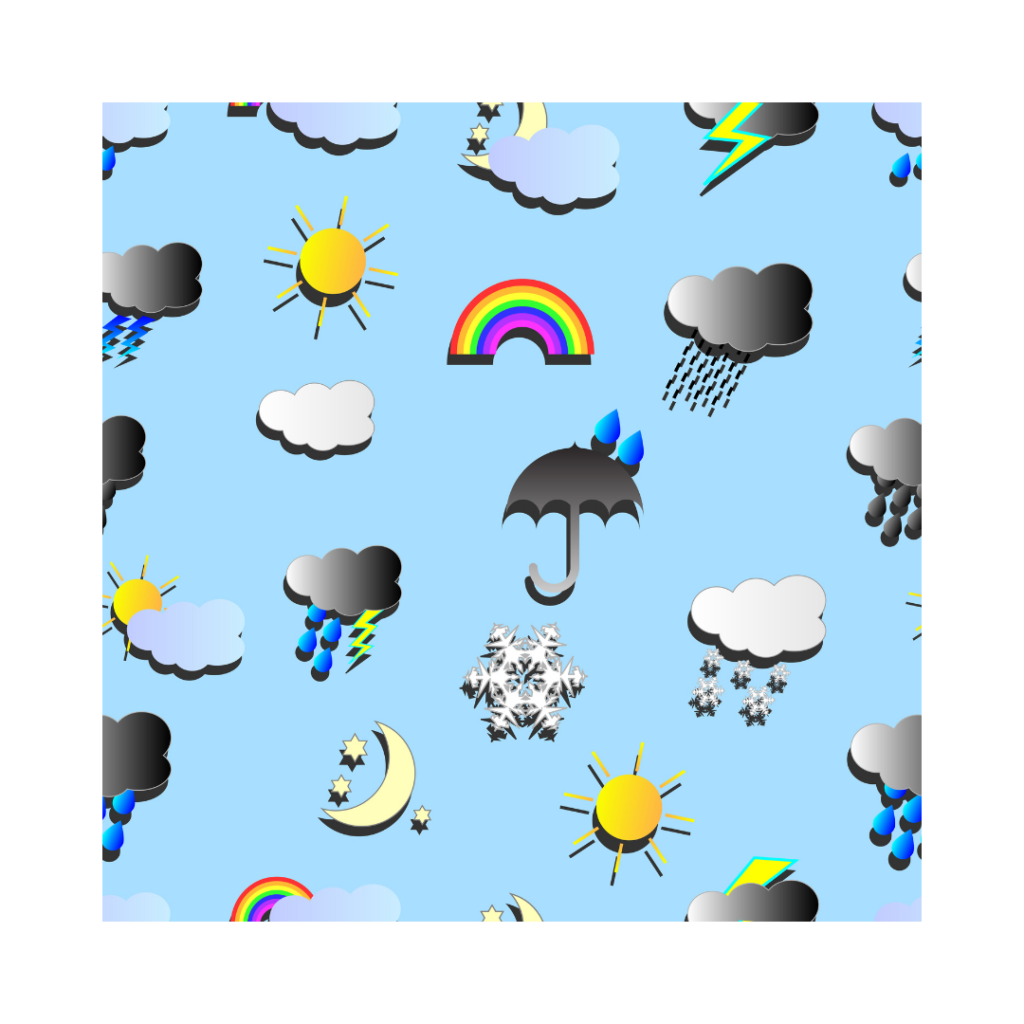As the world continues to grapple with climate change, the effects of rising temperatures and changes in precipitation patterns have far-reaching consequences on human health. One area that is often overlooked is the impact of climate on scalp health. With the rise in extreme weather events such as heatwaves, cold snaps, and storms, the scalp is increasingly exposed to harsh conditions that can lead to a range of issues such as dandruff, dryness, and even hair loss. In this article, we will explore the ways in which climate affects scalp health, and what steps you can take to keep your scalp healthy and happy.
Understanding the Scalp: Anatomy and Function
Before we delve into the impact of climate on scalp health, it is essential to understand the scalp’s anatomy and function. The scalp is the skin on the top of your head that covers the cranial bone. It contains hair follicles that produce hair, sebaceous glands that produce oil, and sweat glands that produce sweat. The scalp is a highly vascular area, meaning it has an extensive network of blood vessels that provide nutrients and oxygen to the hair follicles.
The scalp’s primary function is to protect the head from the sun’s harmful rays, regulate body temperature, and provide a home for hair growth. When the scalp is healthy, it is supple, moisturized, and free from irritation. However, when the scalp is exposed to harsh environmental conditions, it can become dry, itchy, and flaky.
The Impact of Climate on Scalp Health
Climate has a significant impact on scalp health, and the effects can vary depending on the region you live in. Here are some of the ways in which climate affects scalp health:
1. Heat and Humidity
Heat and humidity can cause the scalp to produce excess sweat, which can lead to itching, dandruff, and even fungal infections. When sweat mixes with sebum (the natural oil produced by the scalp), it can create a breeding ground for bacteria and fungus. In extreme cases, this can lead to hair loss.
2. Cold and Dry Weather
In cold weather, the scalp can become dry and itchy due to the lack of moisture in the air. This can lead to dandruff, flakiness, and hair breakage. Additionally, cold weather can cause the blood vessels in the scalp to constrict, reducing blood flow to the hair follicles and slowing down hair growth.
3. Pollution
Air pollution can have a detrimental effect on scalp health. The pollutants in the air can clog the pores on the scalp, leading to irritation, inflammation, and hair loss. Additionally, pollutants such as sulfur dioxide and nitrogen dioxide can react with the natural oils on the scalp to form harmful compounds that can damage the hair.
How to Keep Your Scalp Healthy in Different Climates
Now that we know how climate affects scalp health let’s explore some tips to keep your scalp healthy in different climates:
1. Heat and Humidity
- Wash your hair frequently to remove sweat and oil buildup.
- Use a clarifying shampoo to remove excess oil and product buildup.
- Avoid using heavy styling products that can clog pores.
- Wear a hat or use an umbrella to protect your scalp from the sun’s harmful rays.
2. Cold and Dry Weather
- Use a moisturizing shampoo and conditioner to keep your scalp hydrated.
- Apply a scalp oil or serum to lock in moisture.
- Avoid taking hot showers, which can strip your scalp of its natural oils.
- Wear a hat or use a scarf to protect your scalp from the cold and wind.
3. Pollution
- Wash your hair frequently to remove pollutants.
- Use a clarifying shampoo to remove pollutants and buildup.
- Use a scalp exfoliator to remove dead skin cells and unclog pores.
- Consider using a hair mask with detoxifying ingredients like charcoal or bentonite clay to deep-cleanse your scalp.
The effects of climate on scalp health are becoming increasingly clear as extreme weather events become more common. Whether you live in a hot and humid climate, a cold and dry climate, or a polluted city, there are steps you can take to keep your scalp healthy and happy. By understanding your scalp’s anatomy and function and adapting your hair care routine to your environment, you can maintain a healthy scalp and promote hair growth.
